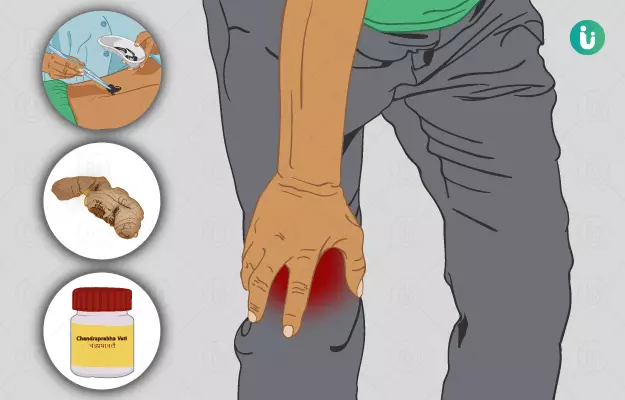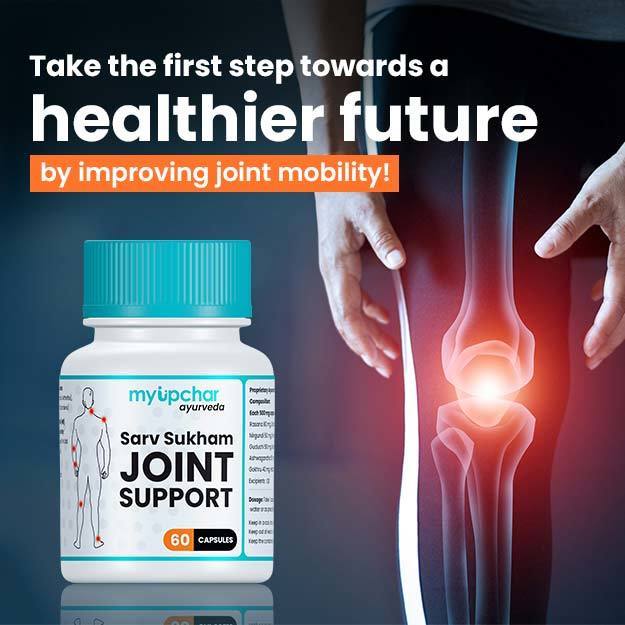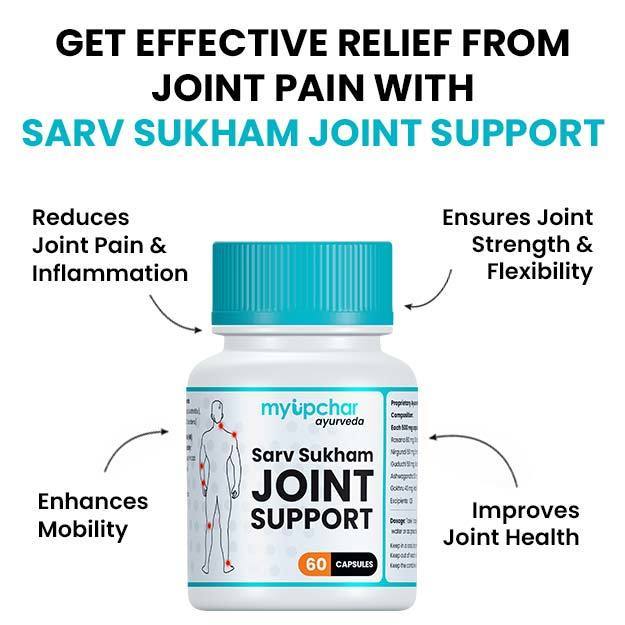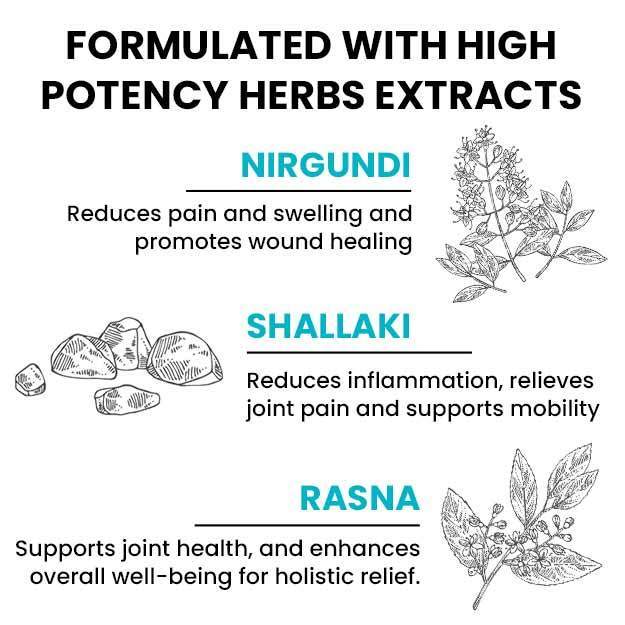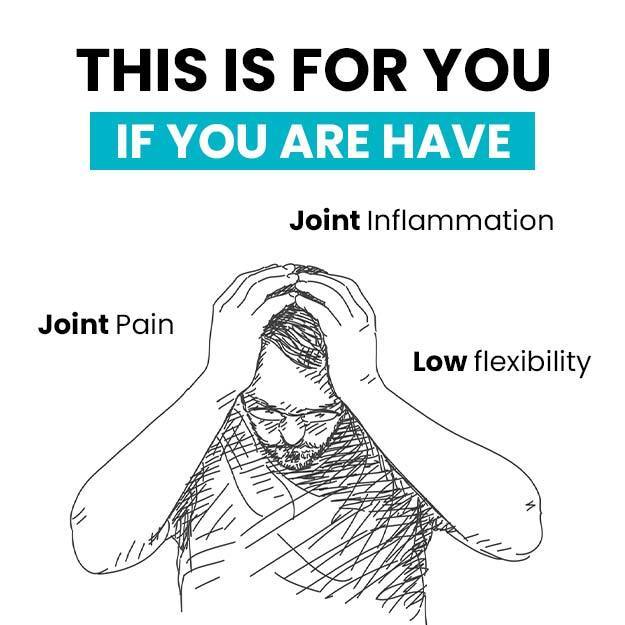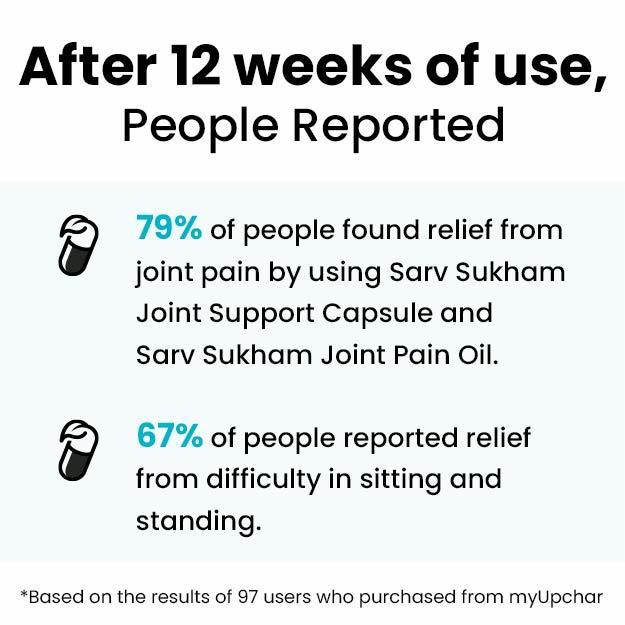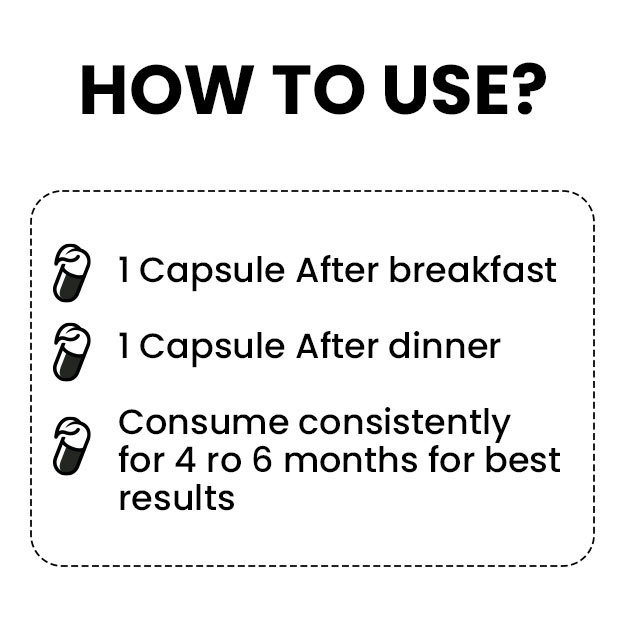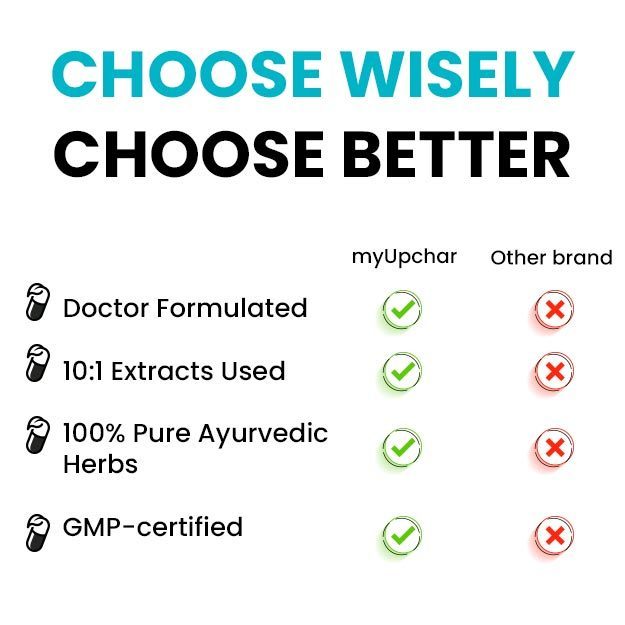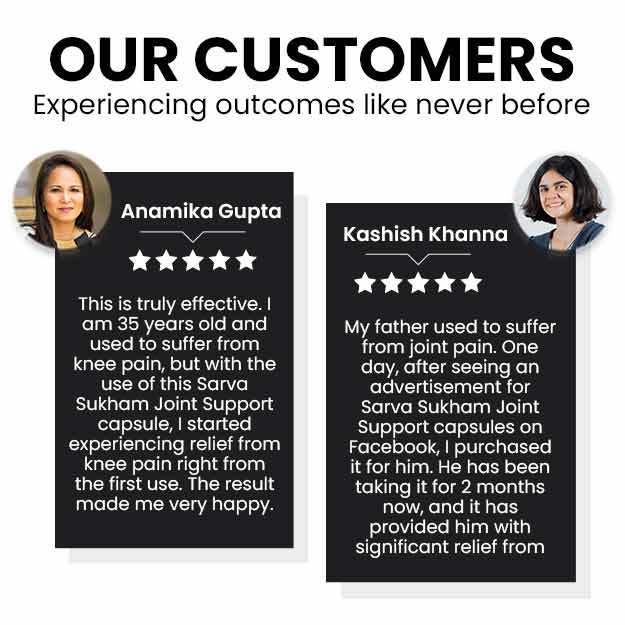Knee pain, also called janu shula in Ayurveda, is a common symptom that may occur due to a disease, injury or excessive exercise. It may begin as mild discomfort and worsen if neglected. The most common causes of knee pain are sciatica and arthritis.
Depending on the underlying cause, Ayurvedic treatment of knee pain includes therapies such as nidana parivarjana (avoiding the causes), raktamokshana (bloodletting), swedana (sudation or sweat therapy), virechana (purgation), basti (enema), lepa (coating the affected body part with medications) and agni karma (thermal cauterisation). Herbs and medicines used for the treatment of knee pain are ashwagandha (Indian ginseng), adraka (ginger), guggulu (Indian-bdellium tree), guduchi (heart-leaved moonseed), eranda (castor), yogaraja guggulu, simhanada guggulu, chandraprabha vati and kaishora guggulu.

